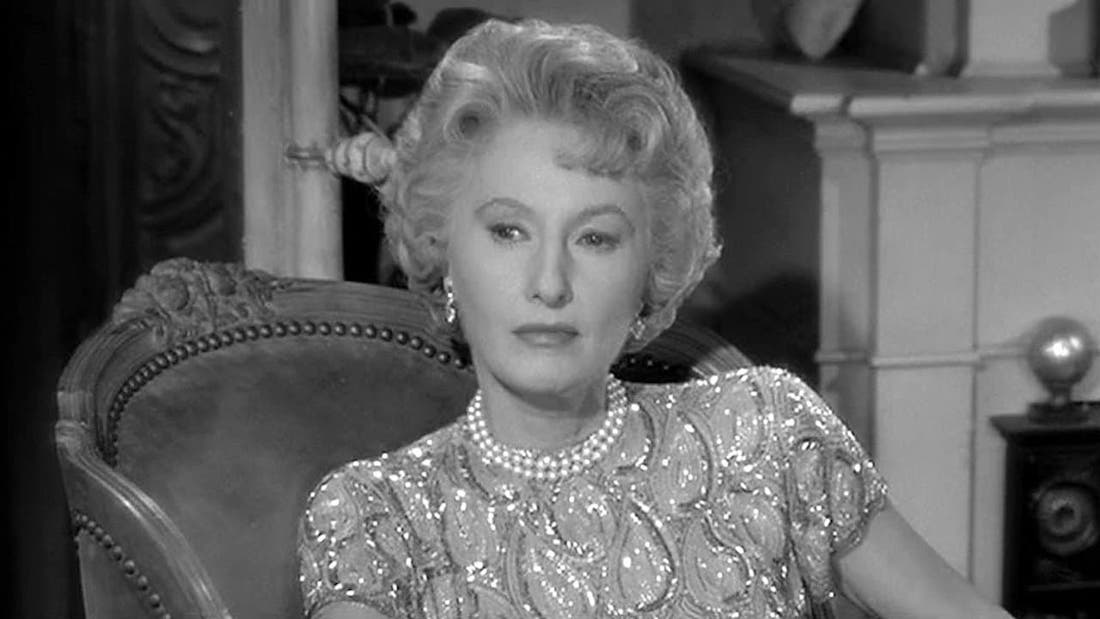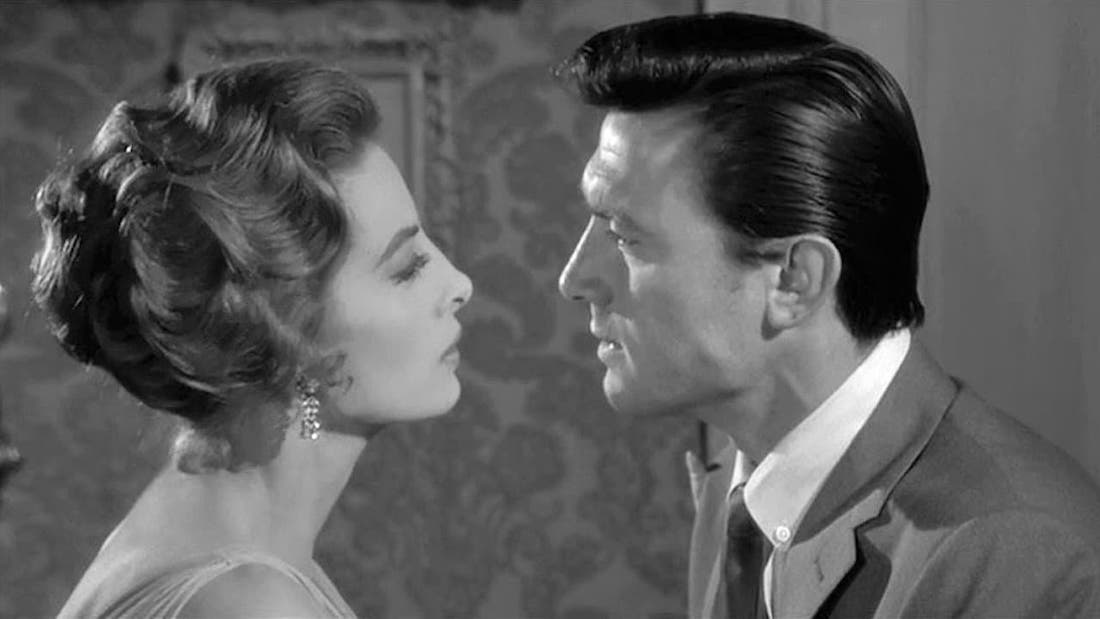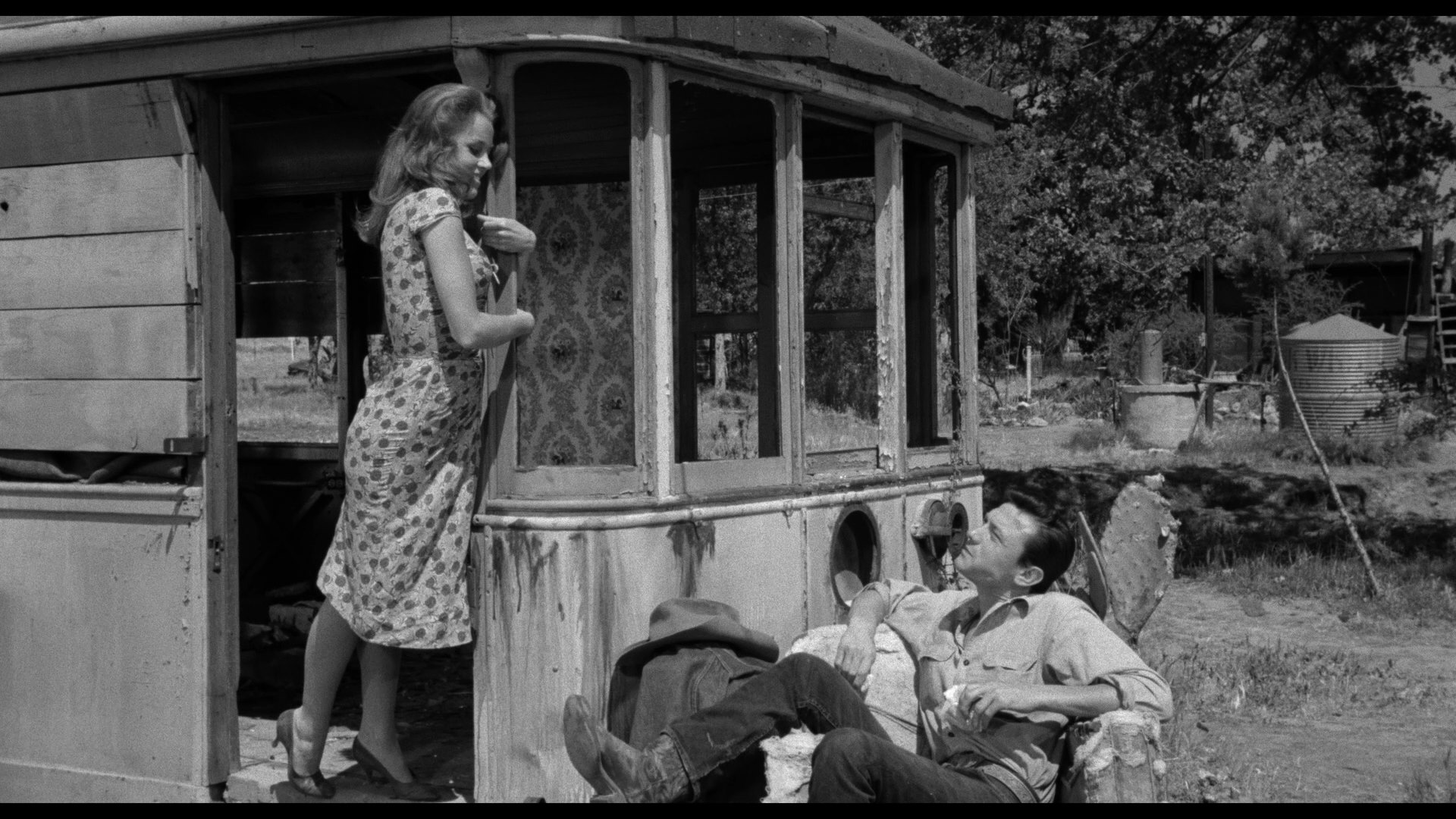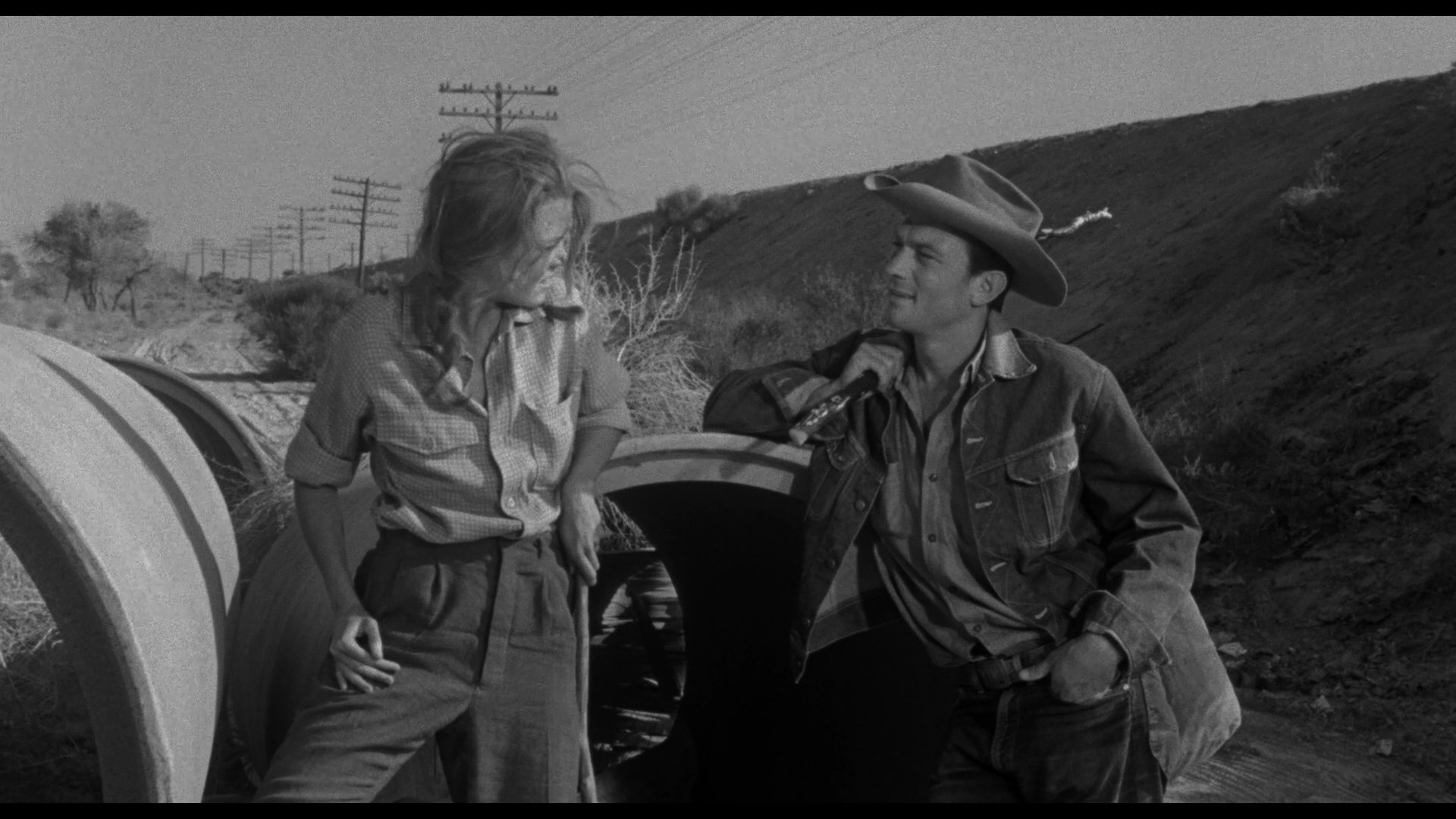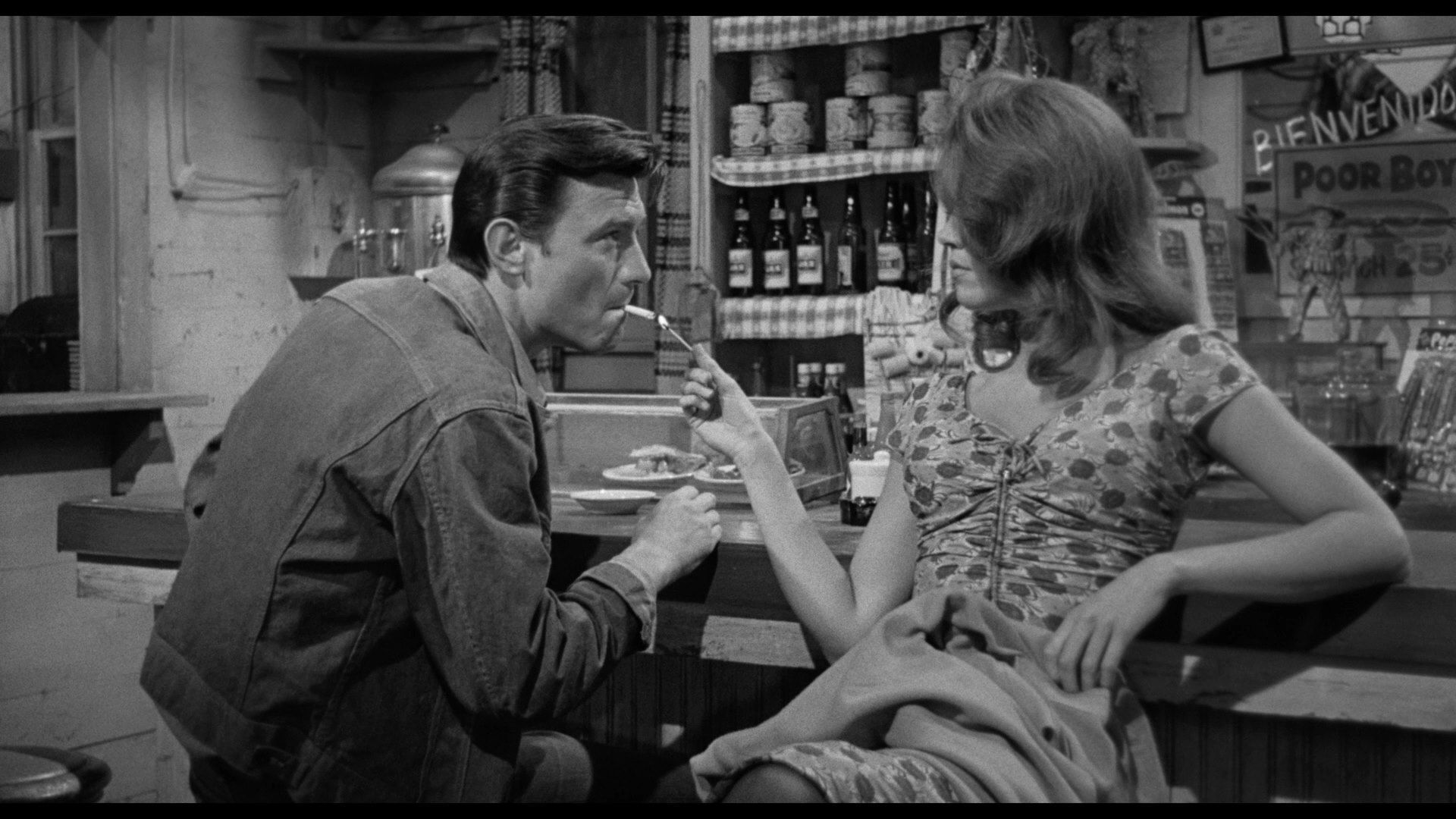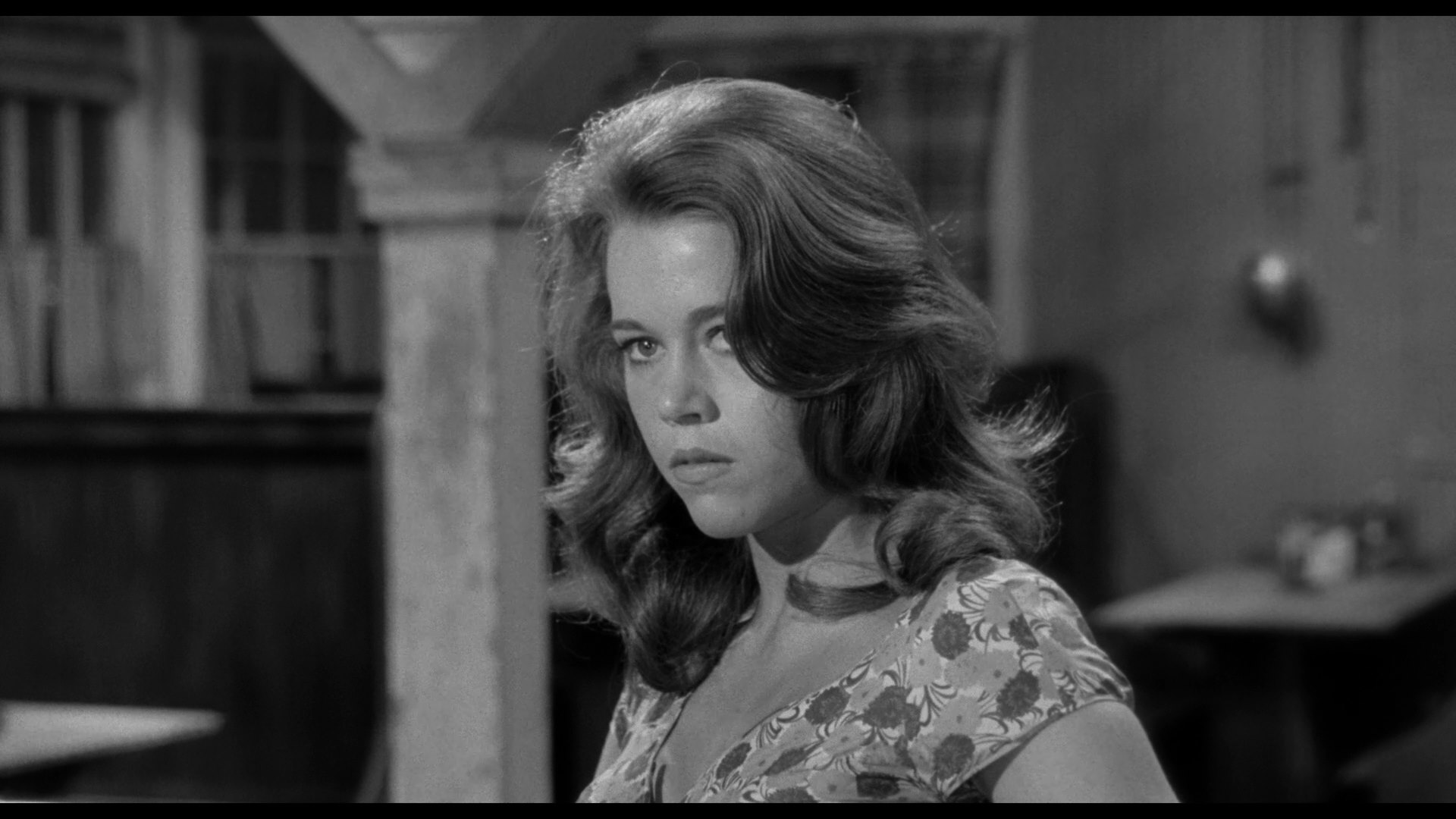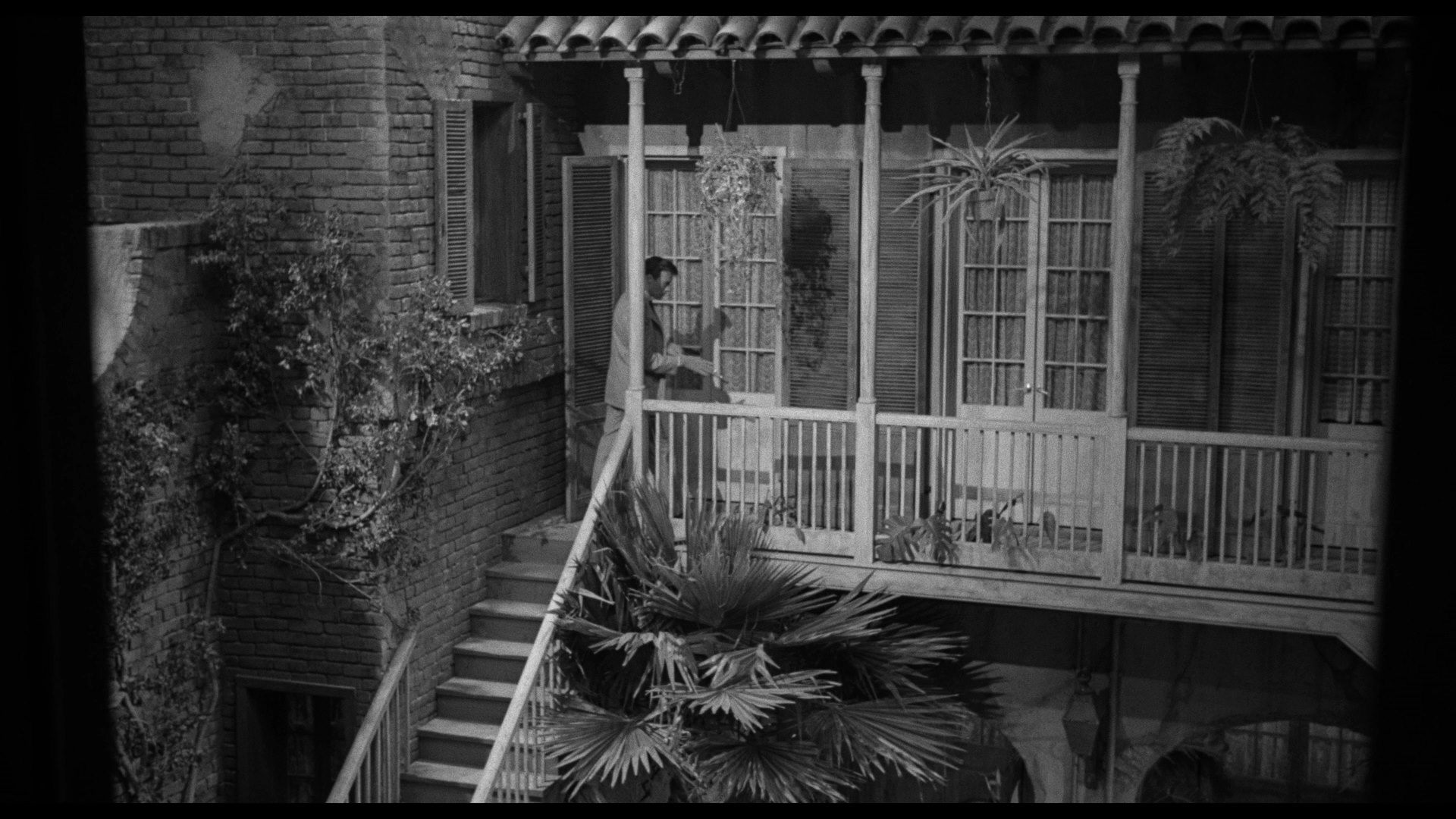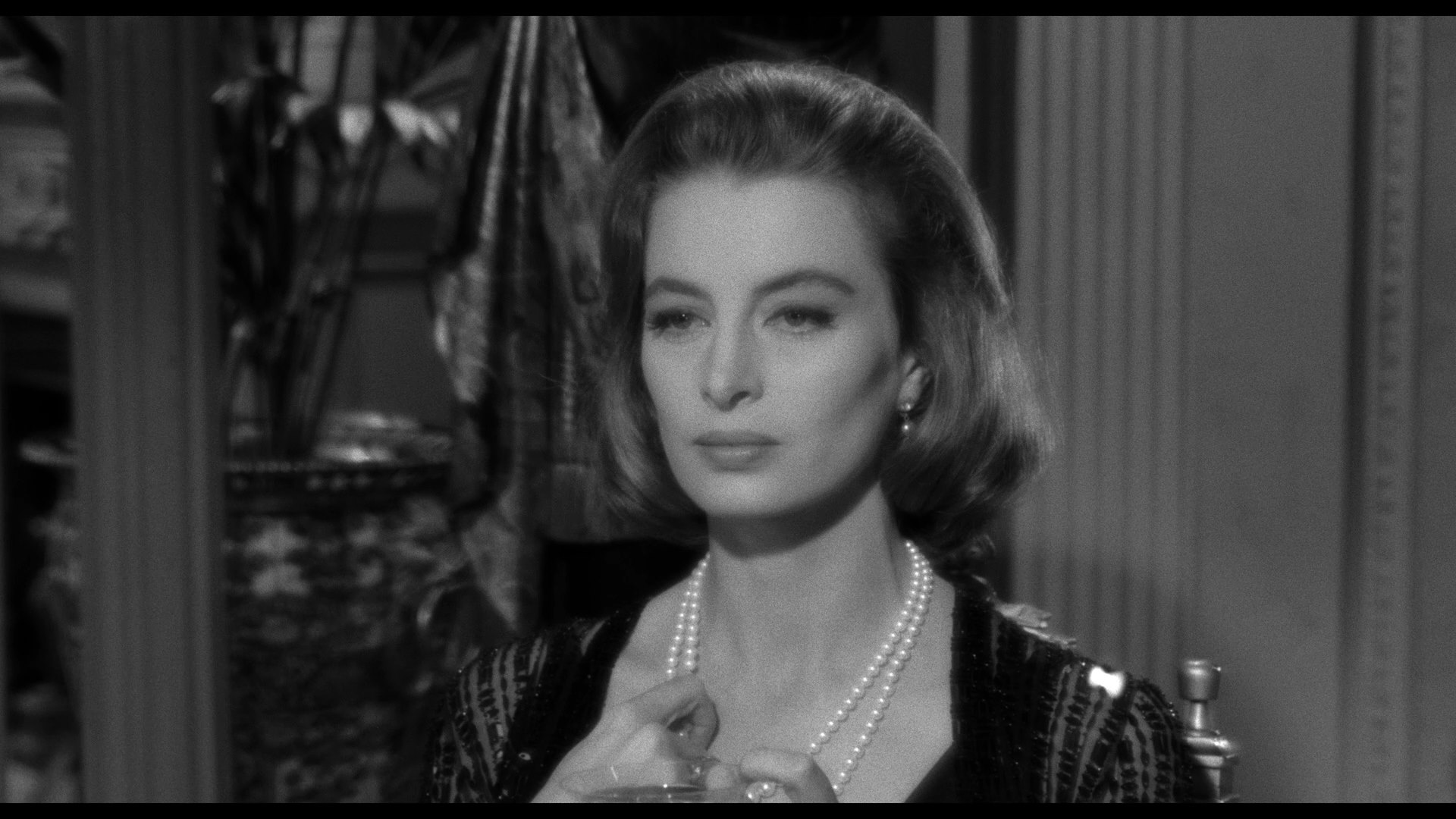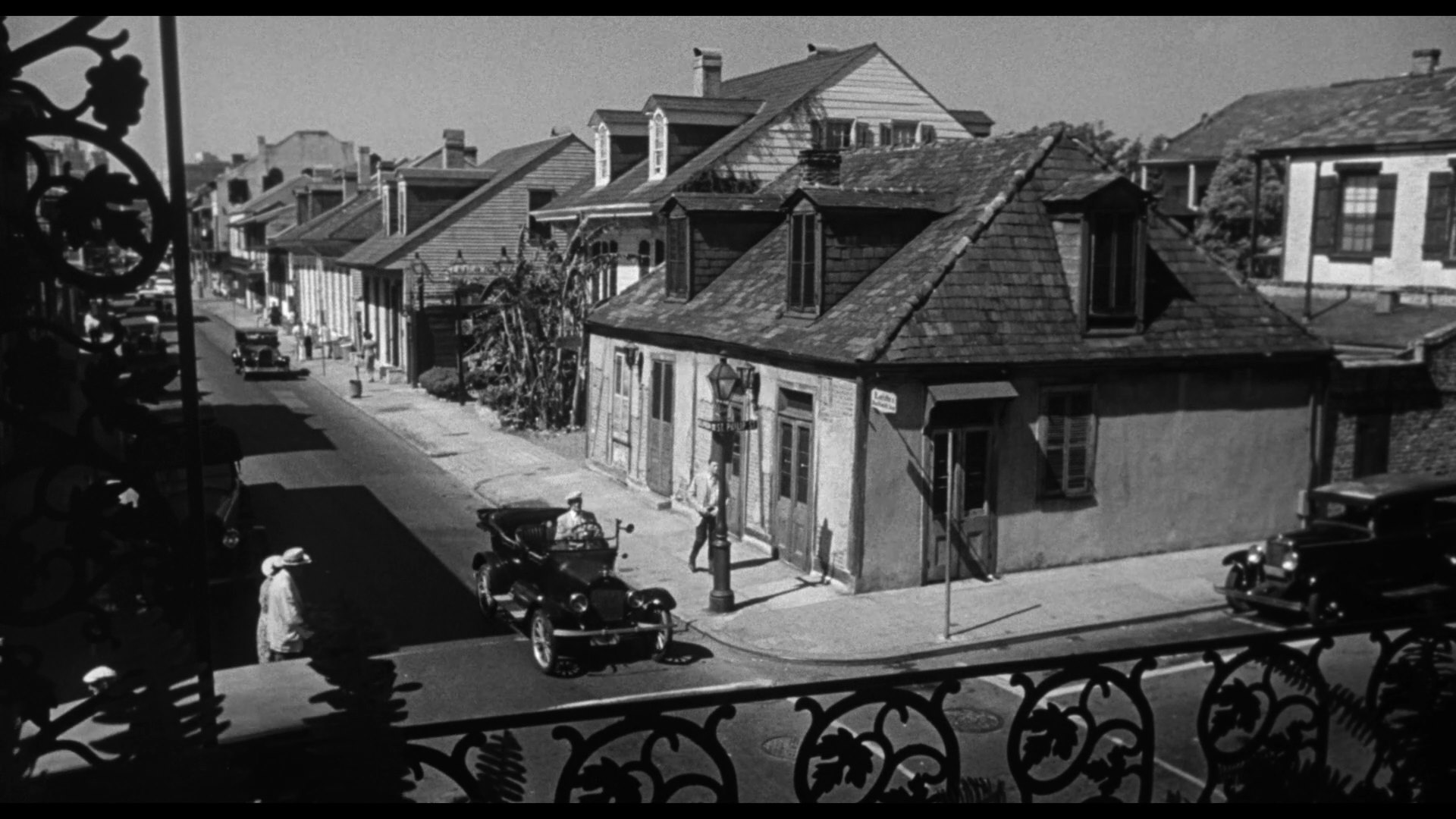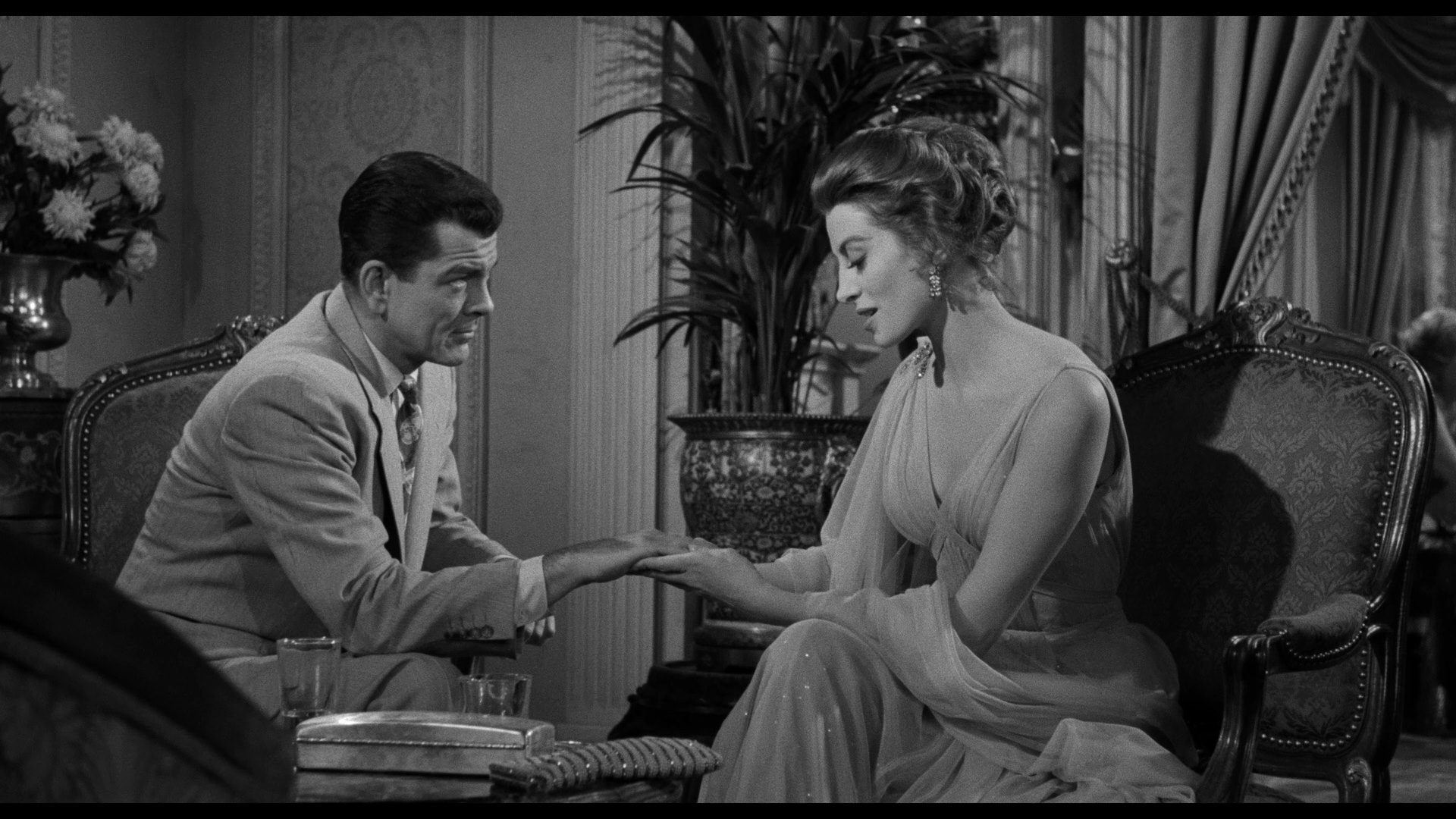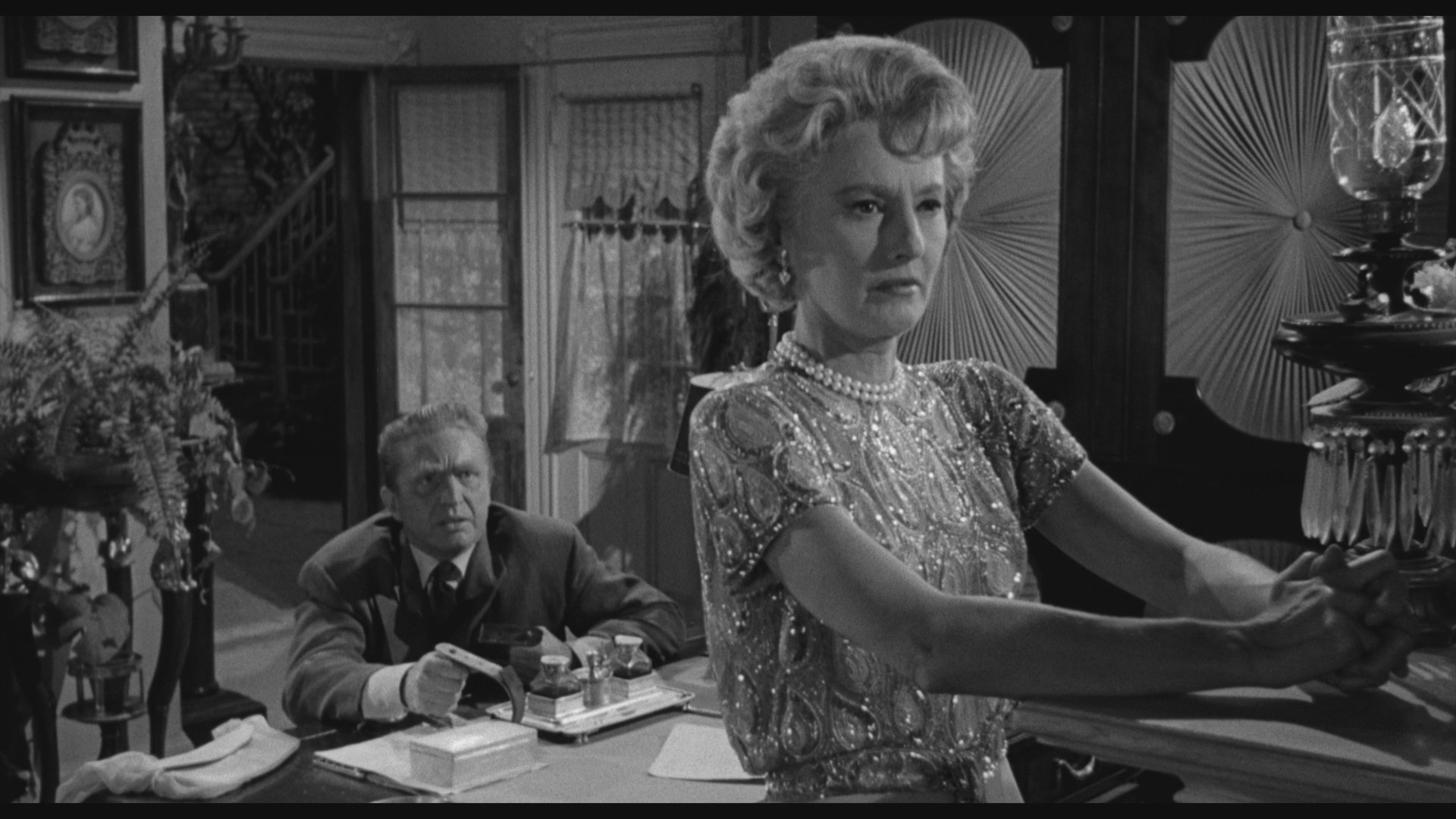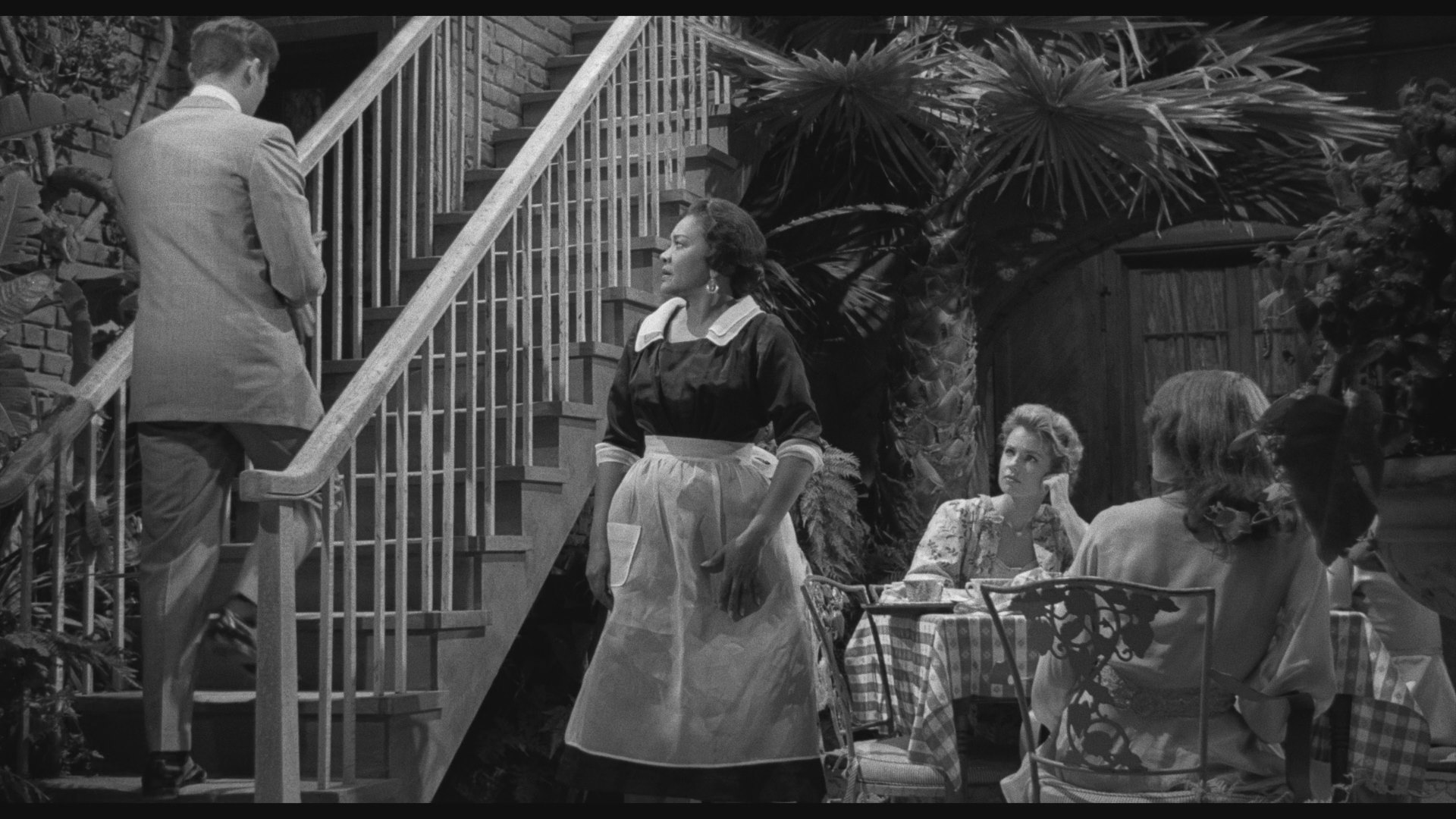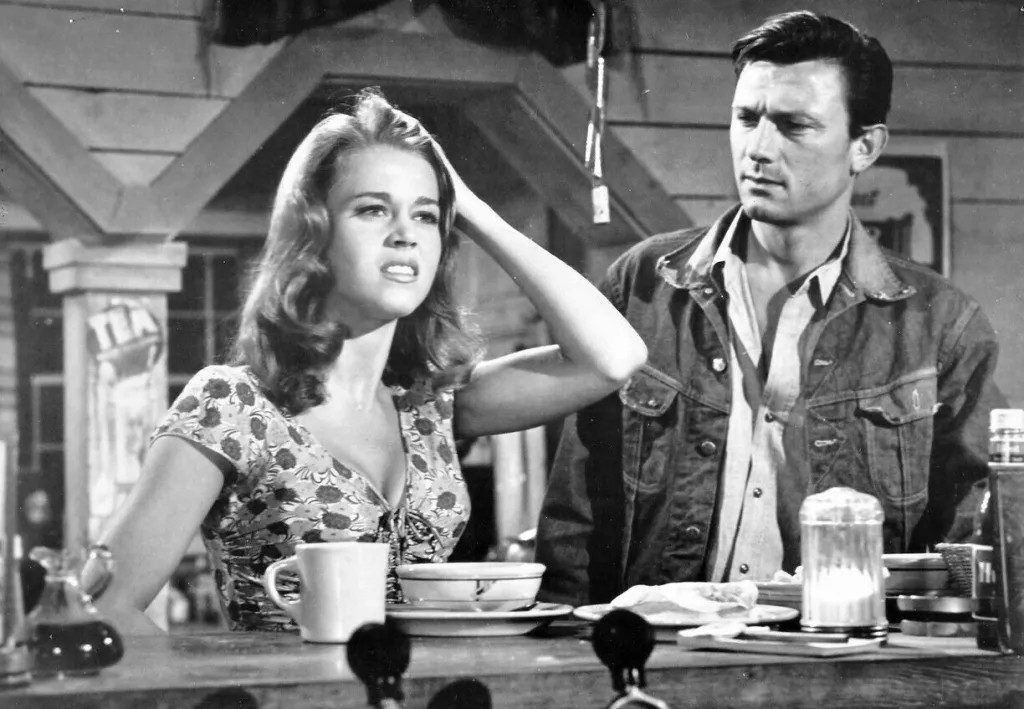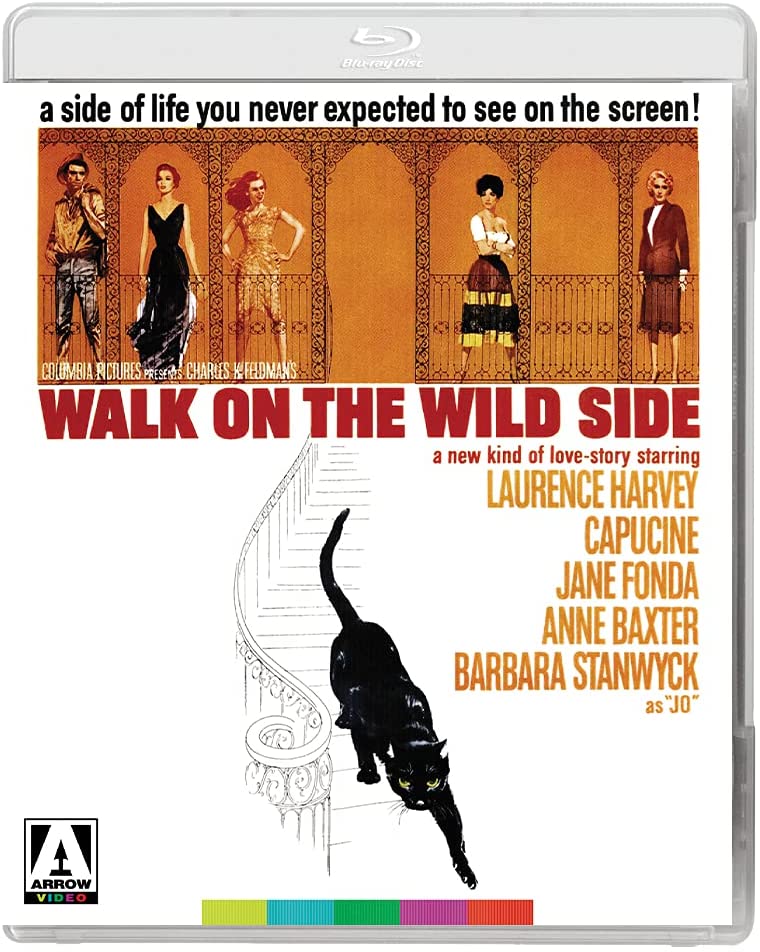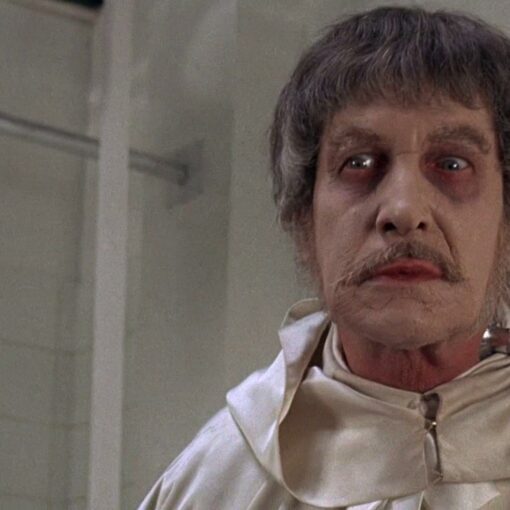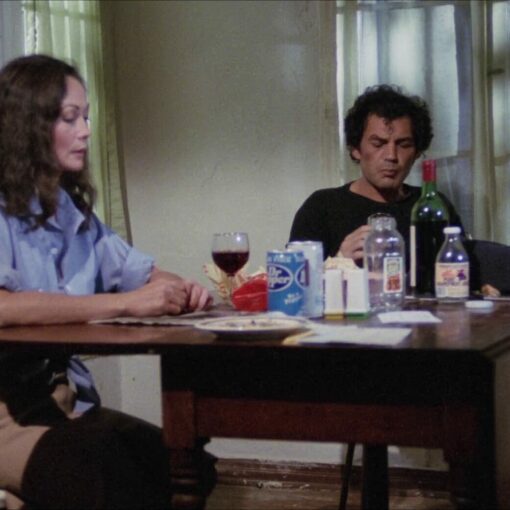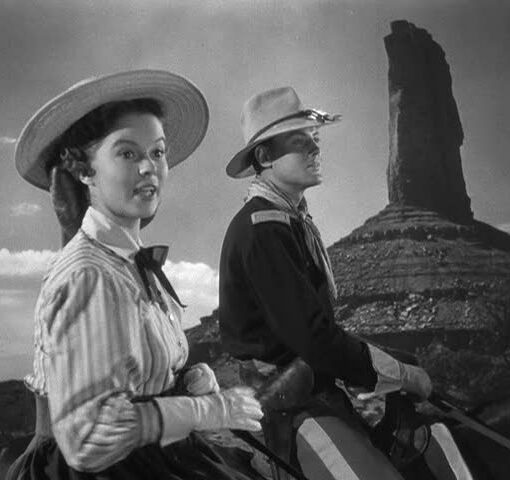Walk on the Wild Side is a 1962 black and white drama by Edward Dymtryk starring Laurence Harvey.
In the early thirties, Dove Linkhorn (Laurence Harvey) and Kitty Twist (Jane Fonda) meet in Texas, on the road making do as hobos, on their invididual way to New Orleans. Kitty takes a liking to Dove and they join up and travel, but Dove isn’t as interested in Kitty, as Kitty is in Dove, who wants to reconnect with his old flame Hallie Gerard (Capucine) in New Orleans. In Teresina’s (Anne Baxter) diner and gas station, the two split ways and Dove starts working there, putting an ad in the paper to find Hallie. It turns out she now works at a fancy brothel in the french quarter, called the doll house. Hallie still sculpts, but she clearly is no longer just the artist Dove remembers her for. And while she years for a different life, she isn’t ready to leave the comforts she has as one of Jo (Barbara Stanwyck), the madam’s, special ladies. Things get interesting when Kitty shows up at the doll house as well, and when Jo, suspicious of Dove’s attempts to part Hallie from her current life style, gets wind of his past with Kitty, she sets him up…. from now on its violence, survival and betrayal….
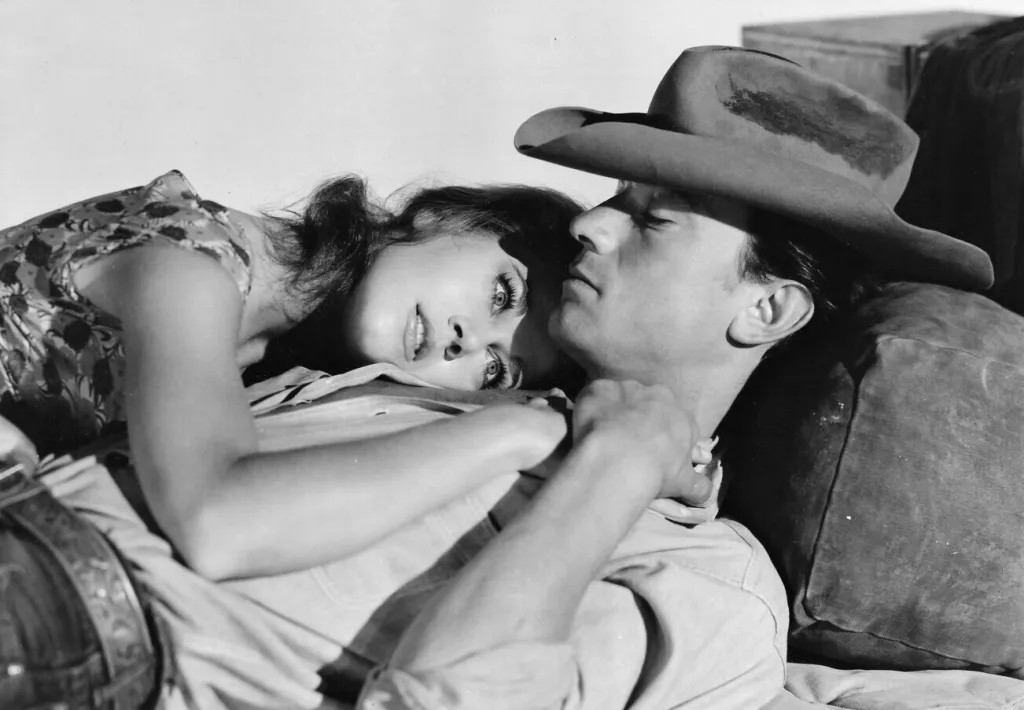
As Marvin Schhwarz would say: “what a picture” (especially the first half I think). Jane Fonda (Barbarella) really was on fire in this one (she was also quite a stunner). Unfortuantely then, that after the beginning of the movie she’s not in it much. Walk on the Wild Side has some really great images of course also beyond Fonda’s obvious beauty, courtesy of director of photography Joe MacDonald (Pickup on South Street), the movie looks really fantastic. And the fanteastic look of the picture starts with the titles sequence by Saul Bass (Seconds, Psycho), black and white close ups of a tomcat roaming through various environments with concrete pipes and fences etc. and eventually culmulating in a fight with a white cat. Additionally I think the movie boasts fantastic sets and set design, from the streets of New Orleans to the dusty outskirts, diners, bedrooms, alleys, it all looks fantastic (I got reminded of Roma a few times actually).
Through all this, the music of Elmer Bernstein looms large, often accompanied by some fantastic soulful songs and brass band sounds. Interesting enough there is some controversy about who really directed the bulk of this movie. Some rumors are that Edward Dymtryk (Mirage) may have been brought on board either later during the production, or him being replaced mid way through. The audio commentary on this disc tries to shed some light on this. What’s really fantastic about this movie is how wild it was for its time, with overt sexuality, even prostitution and a hint of homosexuality, explicit language and a general adult subject matter and language at display here, this was definitely furious cinema and in 1960s terms rather raunchy. Even from today’s perspective some scenes are quite stunning.
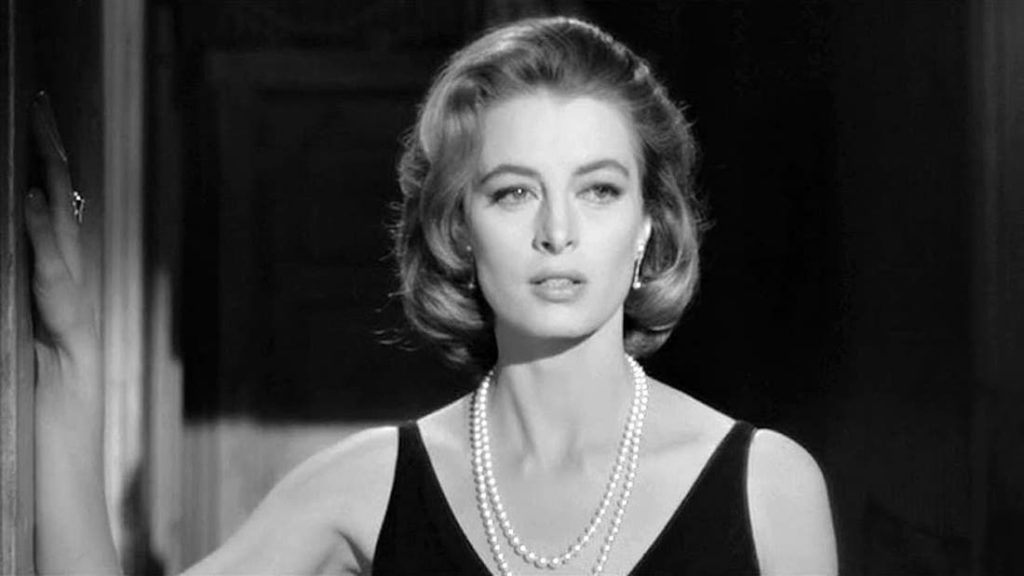
At the same time this movie has some great female roles, with Stanwyck’s character kind of a cryptic homosexual and Fonda’s as almost scoundrel (she finds some moral at the end). All of that to the backdrop of some great portrayal of 1930s USA, but minus the gloominess and politics of movies such as The Grapes of Wrath. As an excellent sort of southern gothic filmmaking, this one is criminally overlooked. I have to say I was absolutely floored by parts of this movie and throughly enjoyed the rest of it. The writing is top notch, and so is the acting. Even though in terms of rythm and pacing it loses some of its punch in the middle, it’s still quite a riot and stays interesting until the end, despite the ending itself being almost too typical for its time, almost as if the filmmakers had to atone for the progressiveness of the rest of the picture by appeasing the studio with a classic “they had it coming” ending. If you’ve never seen Walk on the Wild Side, you need to go see it now.
With the BluRay available, there has never been a better moment to do just that. Arrow Video’s edition presents the movie with the original English mono track, which sounds great here, no complains. There are optional English SDH subtitles, but no other language options.
This is Sony’s 4K restoration of the film (the US disc will likely look the same, but extras may differ), and it’s really a great picture with fantastic black and white visuals. There were just a few scenes that may look a tad more faded (one even a bit blurry), but all in all the movie looks fantastic here. You may wish for some more pristine detail and higher resolution, but unless you sit with your nose in front of your screen, this does look stunning with plenty of grain preserved despite some DNR and edge enhancement purring subtly along. A stunner of a disc, no doubt.
You get even more mileage out of this with special features. First off, there’s the audio commentary by Kat Ellinger and Samm Deighan. It is a delight, it’s super informative and full of great insight and analysis. Then there’s “Tough Customers”, a new interview with film critic and historian Richard Dyer (28min) on the themese of the film, which is a fantastic interview, not just because he remembers seeing it in theaters back then but also because he is very reflective of its characters, its appreciation and impact over time as well as its influence. “Pussycat, Pussycat” is an interview with film critic and historian Richard Dyer (7min), I don’t quite get why they made this an extra clip because it’s clearly part of the other interview. So it looks like there’s more interviews on this disc than there really are, even though the focus of this one is slightly different than the previous 28 minutes, it’s still the same interview situation. “On Saul Bass” is a new interview with Pat Kirdkham, co-author of Saul Bass: A LIfe in Film and Design (16min) and here of course she speaks about the amazing opening credits sequence. The iInterview with Edward Dmytryk from the archive dates to 1972 and here he speaks with author and critic John Baxter. This is just audio so they put it over the movie making it in effect another audio commentary. Quite enlightening to hear that perspective from a time only ten years after the movie and yet being fifty years old. There’s also some posters and still images.
Buy now: From Amazon.com / Amazon (not Arrow) | From Amazon.co.uk | From Amazon.ca | From Amazon.de | From Amazon.fr (not Arrow)
